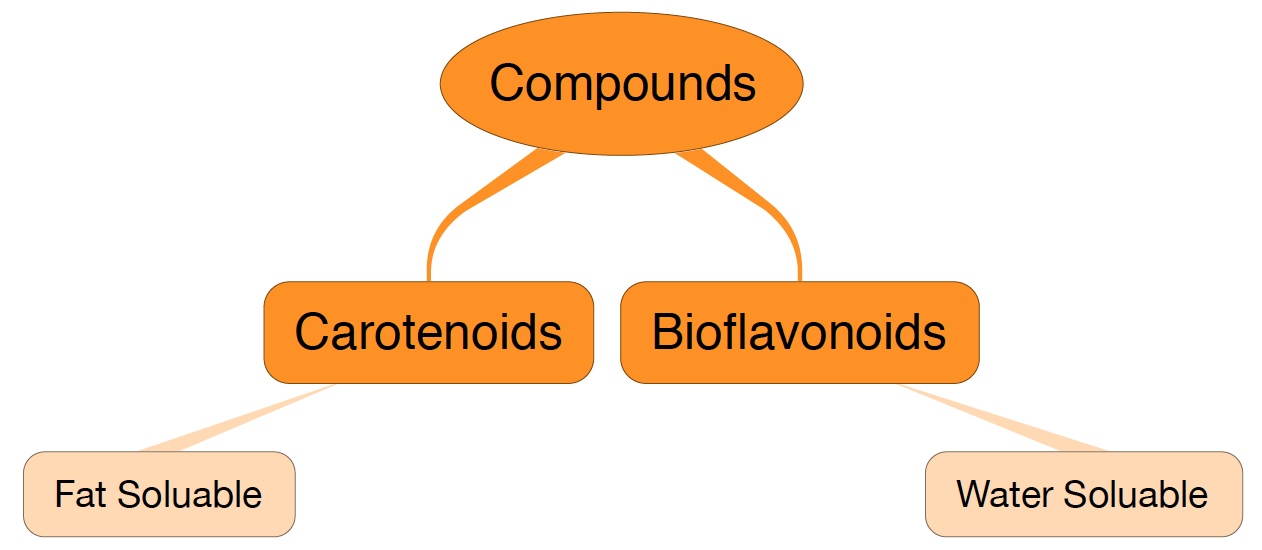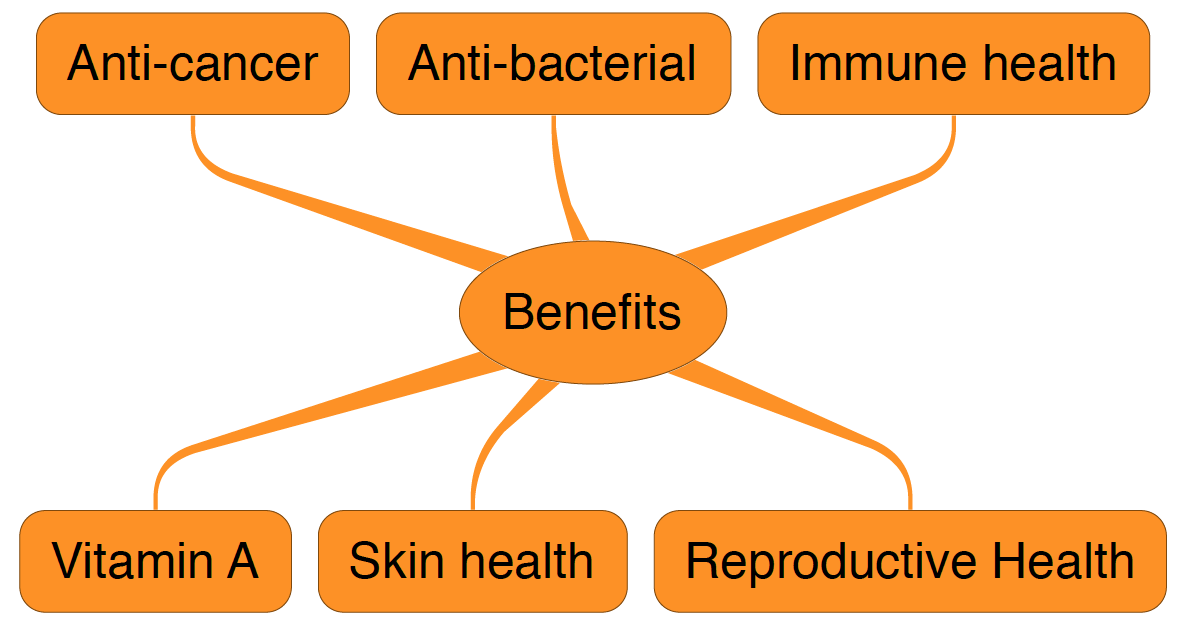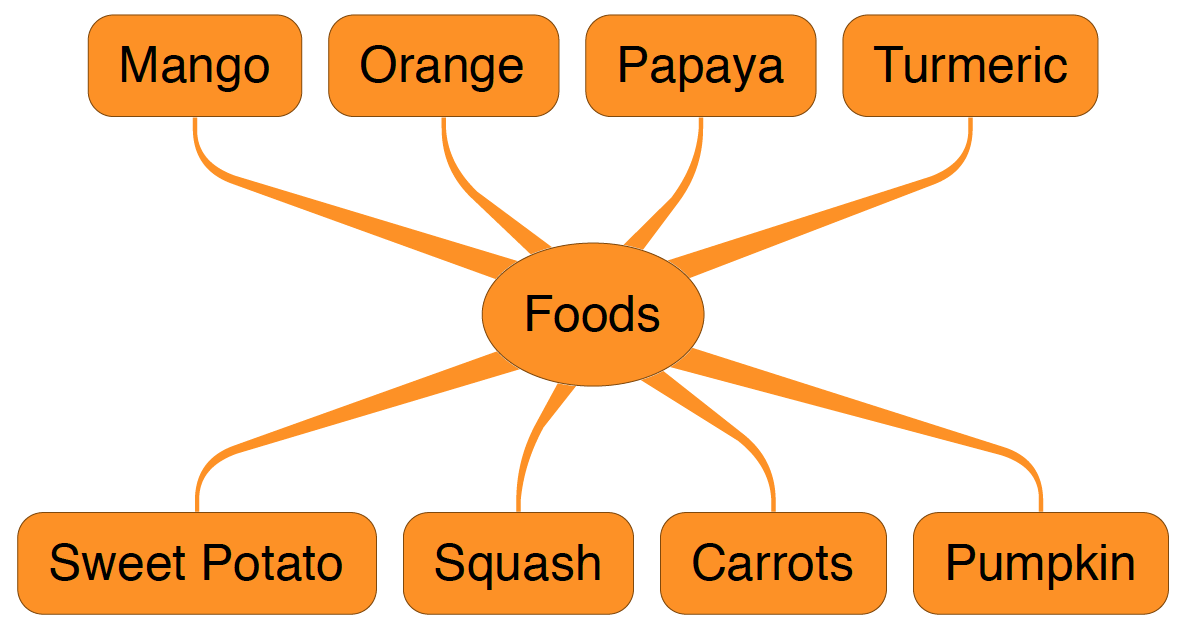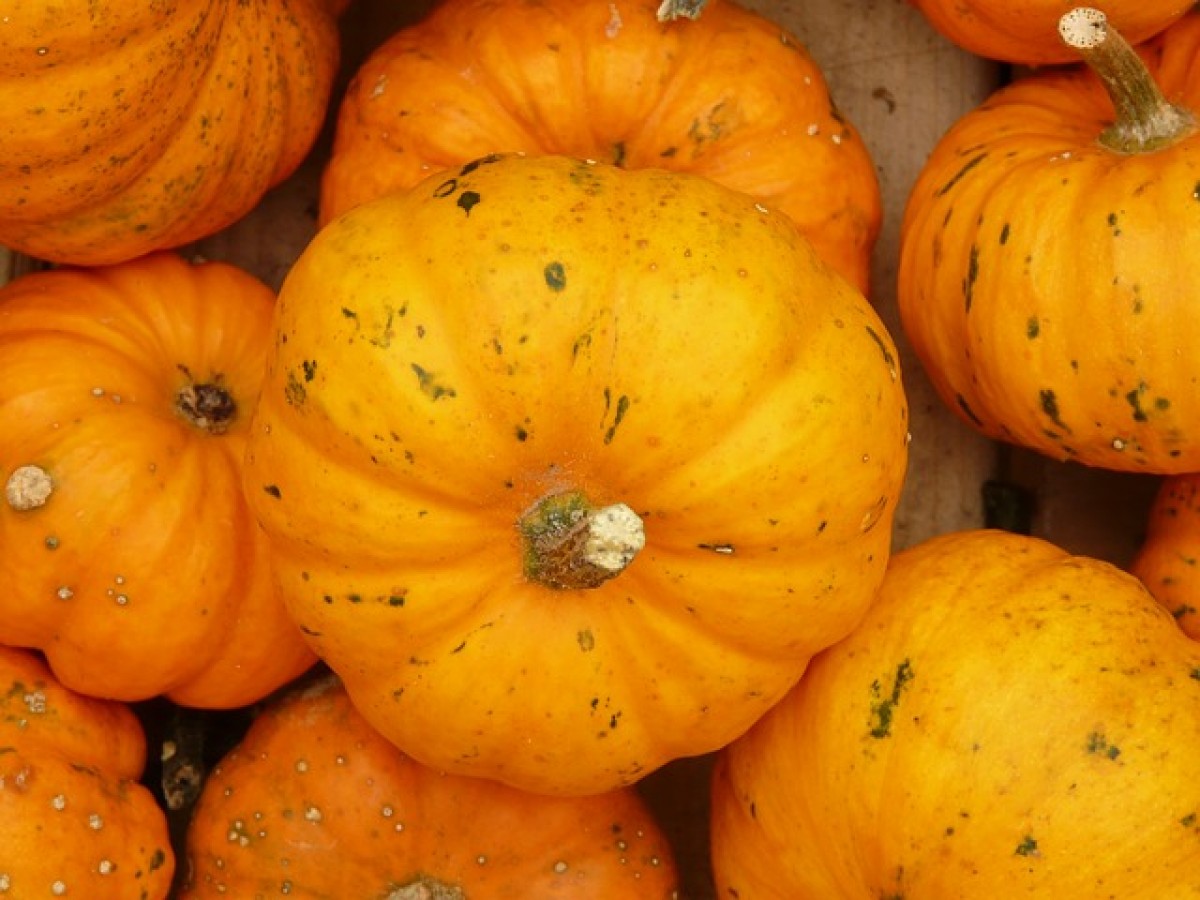How a Pumpkin Changed a Palate.
One need not hope in order to undertake, nor succeed in order to persevere.—William of Orange.
I'll never forget Halloween, 2014.
There she sat, my daughter, surrounded by cardboard and orange muck. A rotund little pumpkin slipped and reeled through her fingers, something like a greased pig, only it was my daughter who squealed. She was determined to carve her own Jack-O-Lantern. I held our dog Theo, to keep his nose out of it. Meanwhile she scooped and cut, scooped and cut, surprisingly un-squeamish about the slurpy innards on her hands.
My son joined the fray. And before long, we had two bulbous orange faces to admire. We placed them on the hearth and watched them glow and gutter in the candle light.
What struck me most, was the fitting expression on each pumpkin. For my son, an angular face with square eyebrows and 90 degree pupils—an echo of his interests in Legos, Minecraft, and Airsoft tactical gear. For my daughter, a face composed of circles and spirals and a lopsided grin—a dead ringer for her mercurial self and the nonlinear pursuits of art, music, and meandering solitudes.
I would have been content if that were all the magic these pumpkins had to offer. But they had more.
Next morning, the kids were blown away to learn that the delicious pumpkin pie waffles mom had just made, had started life as the sticky glop they had been up to their elbows in the night before. Instead of being revolted, they just laughed. They dug into the waffles with gusto.
Brainwave: Carving pumpkins had made our kids more curious about the culinary possibilities of the world.
Why hadn’t we seen that coming? And yet, maybe we had seen it coming at a subconscious level. Because it has always been our intention to persevere—with or without hope—in the education of our children’s tastebuds. Sometimes we get lucky. Sometimes we don’t. But on average, luck has tended to favor the prepared mind.
Preparing Your Mind for Orange.
So my worldview gets a little orange this time of year. Not jaundice, just orange. I have orange yams in my fridge, orange turmeric in my spice rack, orange carrots, orange gourds, orange oranges.
Even my dog is orange (he's a labradoodle).
Nature is always kaleidoscopic and complex. It's as if, by her seasonality, she's tries over and over again to tell us something of the nuance behind her nutrient expression.
So let's consider a few shades of orange. Are there any caveats we should know about the carotenoids that make up nature's favorite food coloring this time of year?
Yes—two words:
- Water
- Fat
Turns out, we are going to need both water and fat if we want to get the most out of orange.

You must have fat to make carotenoids bioavailable.
I know, I know. It’s not what you’ve been told. But asceticism will not help you here. What good does it do to eat healthy food if you can't absorb it? What good does it do to eat your sweet potatoes without butter? It’s a great example of how health and joy can actually align.
And there’s more.
Adding fat to starchy veggies will also lower their glycemic index. This smooths out the impact they may have on your blood sugar, mood, and energy levels. (Incidentally, in the example above, sweet potatoes already have a lower glycemic index than white potatoes, so you’re layering the benefits here!)
How about this for a new mantra: "Preparing the mind is preparing the table."
Not bad. Because if you don’t prepare your mind, someone else will. Dietary dogma is everywhere.
The Delight is in the Details.
Carotenoids are good for many things, but I want to focus on their status as Vitamin A precursors.
It's true. Carotenoids can be converted into useful Vitamin A by humans and animals. That’s good. But this conversion process is not always very efficient. In fact, it’s surprisingly dependent on genetics, digestive health, and drug-nutrient interactions.
In fact, fully formed Vitamin A can only be obtained from animal products, like seafood, eggs, fish, cod liver oil, yogurt, milk, cheese, etc. So if you're vegan, you may want to consider eating truly large amounts of carotenoid-containing plant foods to get enough vitamin A conversion by mass action. Luckily carotenoids come in many colors and plant foods to choose from: red, yellow, green, and of course, orange.
Whatever your dietary preference, you will want to focus on maximizing your extraction of carotenoids by cooking at least some of your veggies (to release the carotenoids from the plant fibers) and by drizzling your veggies with fats like olive oil or grass-fed butter (to make the carotenoids soluble and bioavailable).
Note: As you might imagine, I have some concerns about folks who are both strictly Vegan and strictly Raw. They will need robust genetics and digestive health to take this path. And I certainly cannot recommend anyone pursue a Raw, Vegan, and Low-fat diet. The data just does not support this. In the Adventist Health Study for example, low-fat Vegans fared relatively poorly, compared with their more indulgent Vegan peers. The proof is, so to speak, in the fat pudding. And so is the delight.
Viva la Flavonoids.
And now for our water-soluble friends, the bioflavonoids. Not only do these orange bedfellows not require fat for absorption, neither do they require cooking. Raw foodists rejoice.
Because they work in tandem with Vitamin C, it’s no surprise that we often find bioflavonoids concentrated in foods high in Vitamin C, like oranges, grapefruit, tangerines, nectarines, etc. Nature has a way of putting synergistic nutrients together, which is probably why some studies show whole foods outperforming vitamin supplements in unexpected ways—unexpected, that is, if you’re a doctrinaire lab rat, who thinks of nature as a giant manufacturer of one-off drugs, like a pharmaceutical company. But not at all unexpected, if you've come to view nature more holistically, as a symphony of interactions, with no solo acts.
More and more, it appears that when we take vitamins out of their original context, we have no idea what co-factors and synergies go missing along the way. We're just beginning to understand.
So then, together with Vitamin C, bioflavonoids help lower the risk of heart attacks and cancer. And they help keep your connective tissues in tip top shape: teeth, bones, skin, etc.
Go team.

Eat, Drink, and Be Grateful.
Knowledge not only informs our choices, it opens our eyes to more choices.
So there's even more to be grateful for in the iridescent Autumn than we thought.
As we sat around the Thanksgiving table that year in 2014, I remember thinking it seemed like there was somehow more room at the table than usual, more time than usual—time enough for at least one more long Talmudic discussion about how deep, how true, how wise, and how good our food really is.
So enjoy your choices. Because there are many...

Yours in Health & Resilience,
Marc Wagner, MD, MPH, NTP.
P.S. I bet you were worried I wasn't going to tell you how to make those pumpkin pie waffles. Well, there's nothing like saving the best for last. Click here: Gluten-Free Pumpkin Waffles.
bon appétit
Related Posts on BioFlourish:
